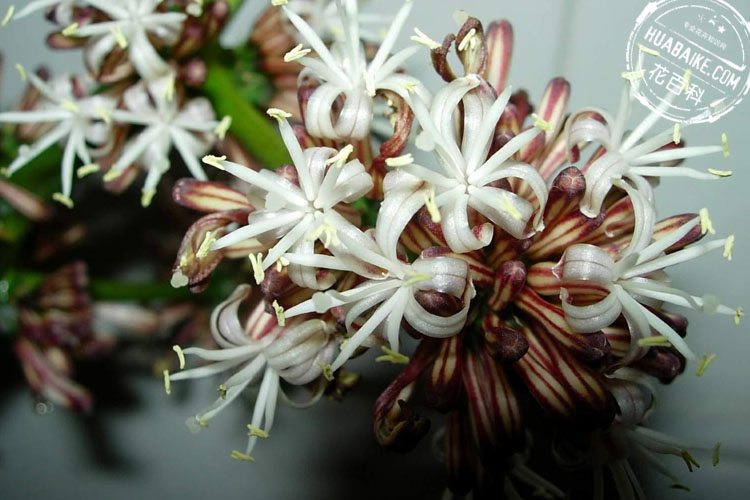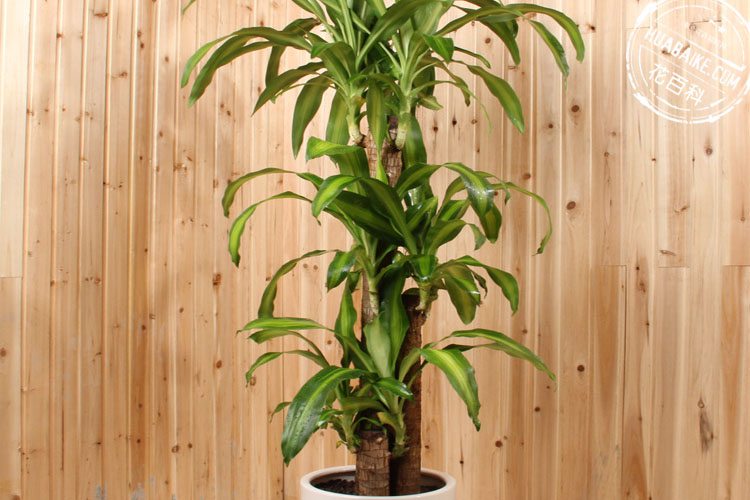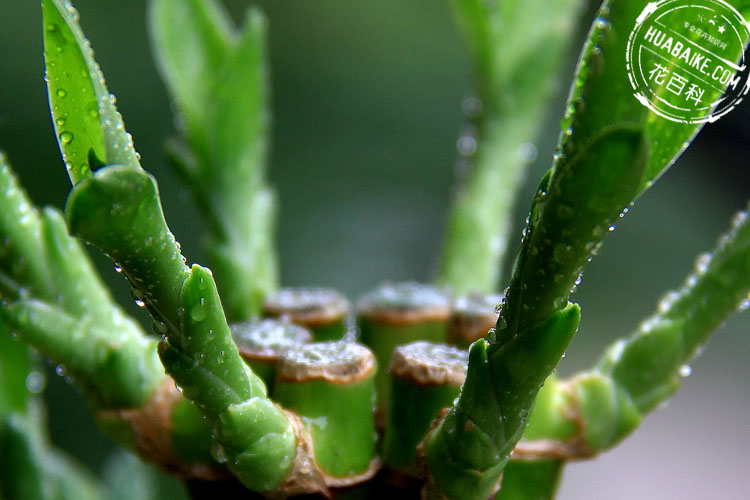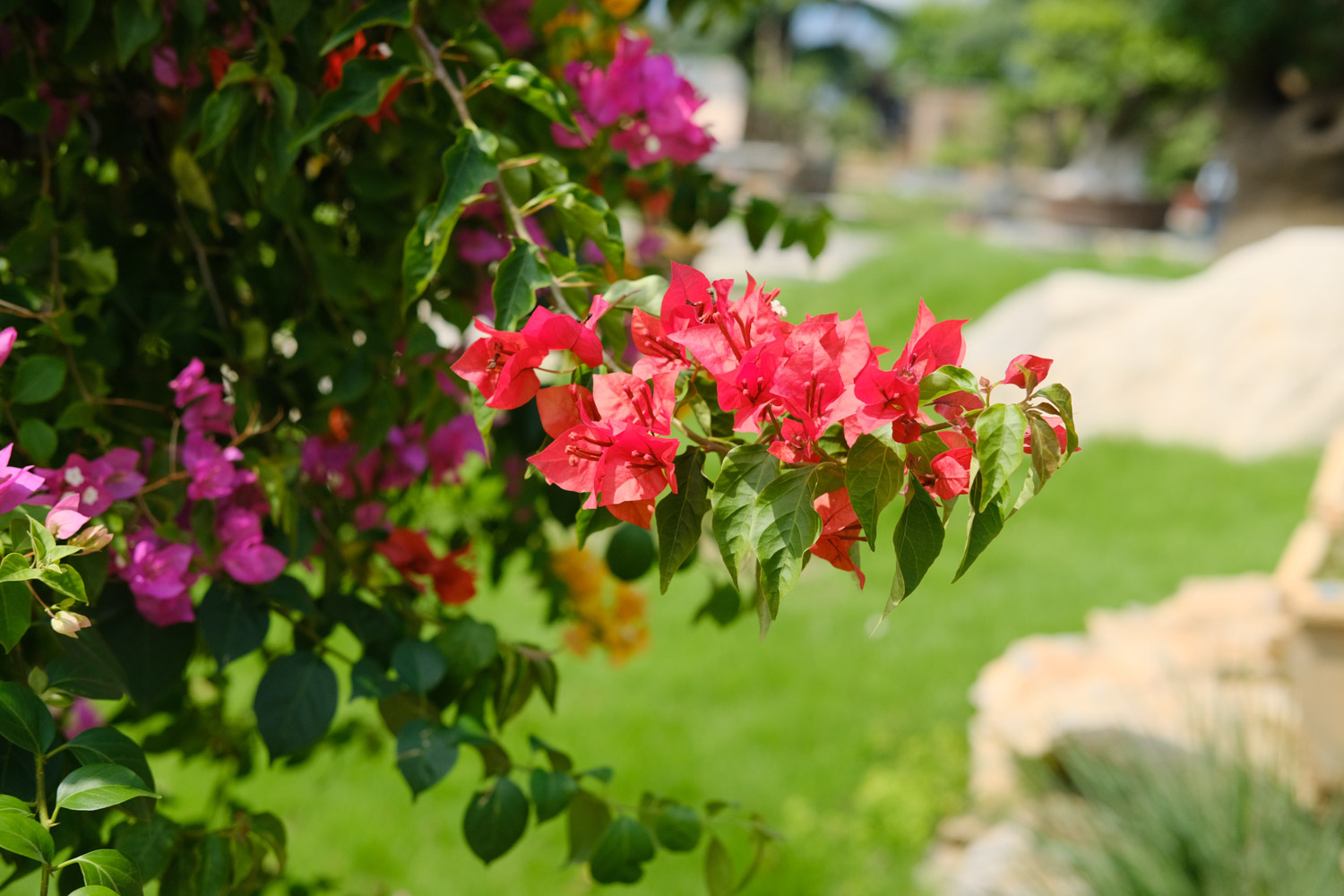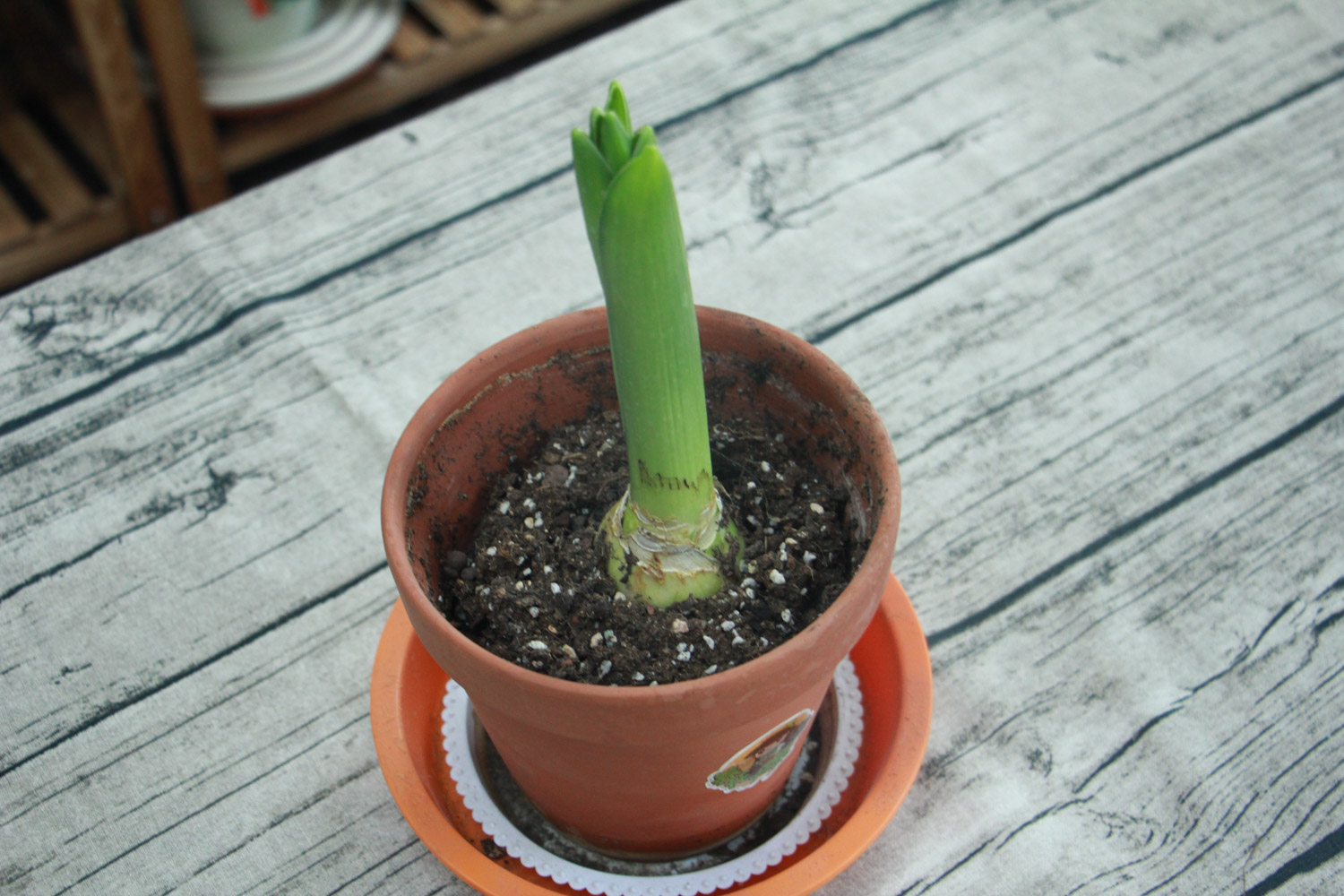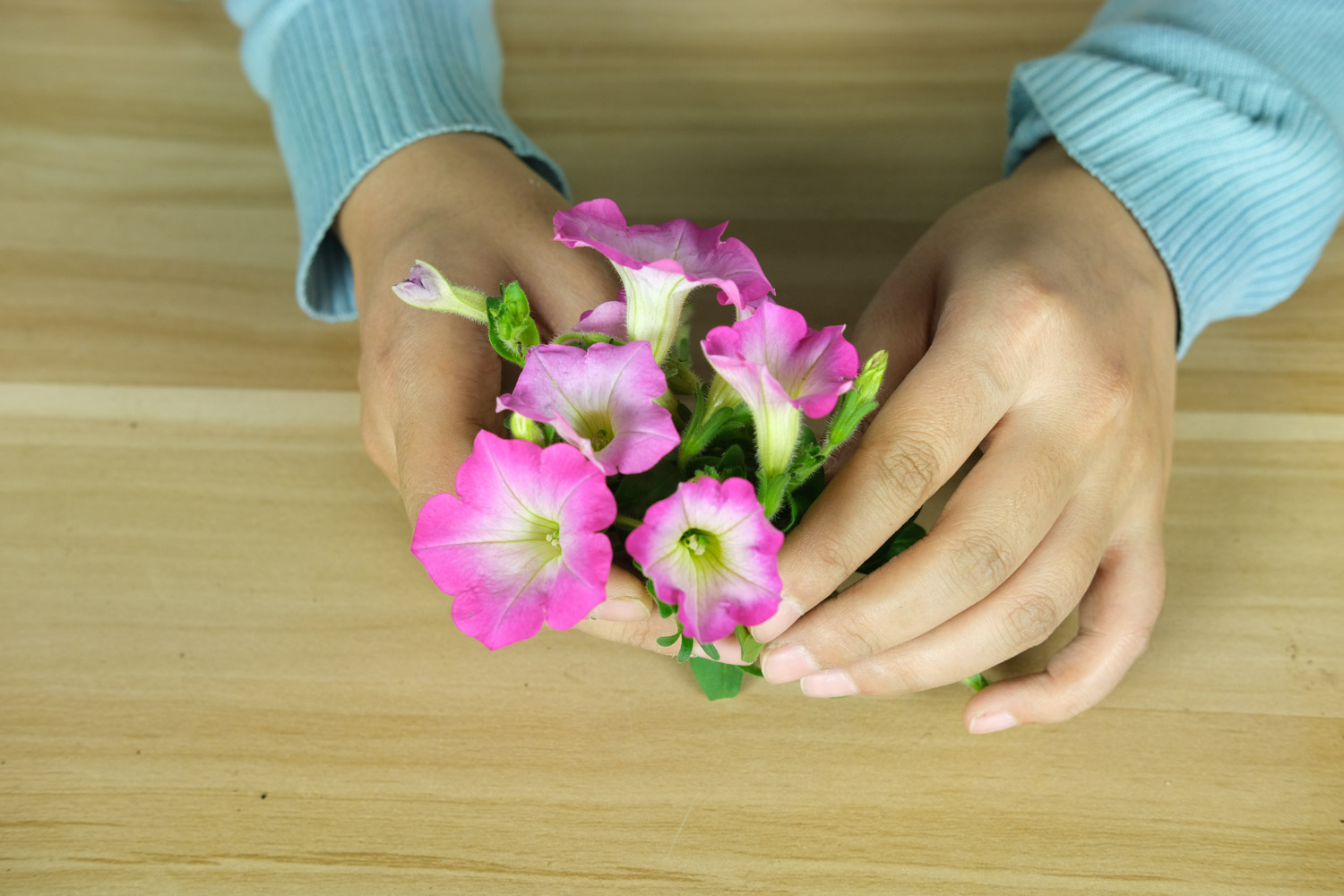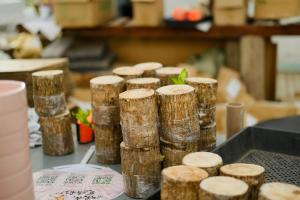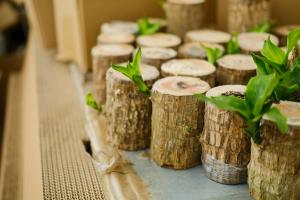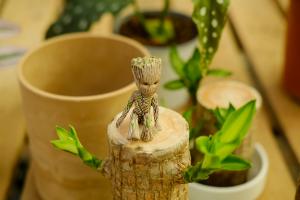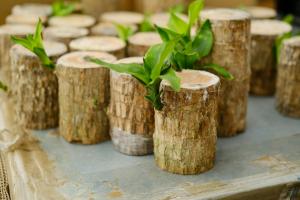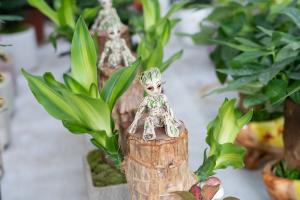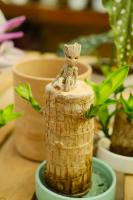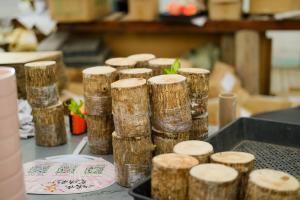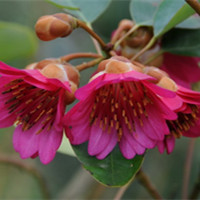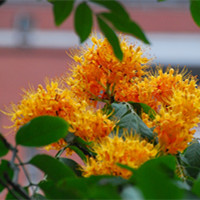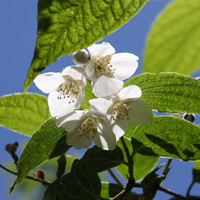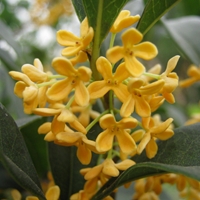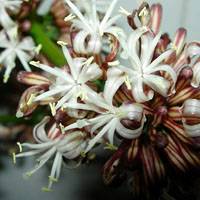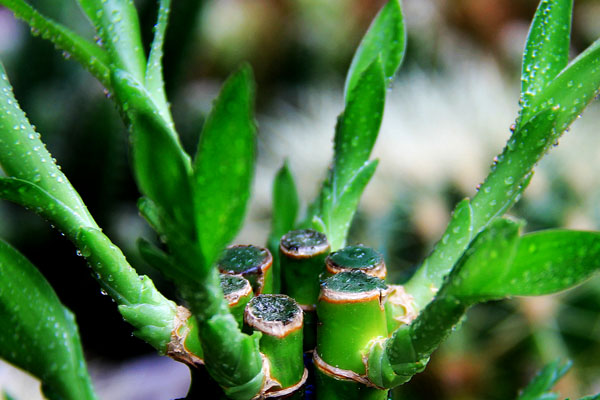
Another name for Brazilian wood
Brazilian wood is an evergreen tree of Liliaceae and Dracaena, also known as Brazilian iron tree, fragrant Millennium wood, happy wood and chimera Millennium wood. The leaves of Brazilian wood are curved and bow shaped, bright green and shiny, and the flowers are small, insignificant and fragrant. It is a famous new generation of indoor foliage plants
Common cultivated plants of the same genus are: Deli dragon blood tree, Fugui bamboo, Silver Star Dragon blood tree and dragon blood tree
Morphological characteristics of Brazilian wood
Brassica is a tree like evergreen plant with a plant height of 6 meters
The stem is thick and much branched. Bark grayish brown or light brown, peeled off. The leaves are broad and strong. It is more than 1.2 meters long, the upper and lower ends are cut flat, the top has leaves and is interrupted to graft Dracaena plants. The leaves are clustered at the top of the stem, 40 ~ 90 cm long and 6 ~ 10 cm wide. The tip is slightly blunt, bent into an arch, with bright yellow or milky white stripes
The leaf margin is bright green, wavy, shiny, small, yellow green and fragrant. The lower root is radial. Generally, the stem spacing is long, medium and short, and the ratio is 100:70:50 cm. It is loaded in one pot, so the hair and leaves look plump
Origin and value of Brazilian wood
Brazilian wood is native to Guinea, Ethiopia and tropical southeast Africa. It is also distributed in Yunnan, Guangxi, Hainan, Thailand, Laos, Cambodia, Indonesia and America
Brazilian wood is a very popular indoor large-scale potted flowers and trees, especially in the wider living room, study and living room. It is elegant, simple and southern. It is a new generation of indoor foliage plant with beautiful and regular plant shape and world-famous
Complete varieties of Brazilian wood
Common varieties are:
1. Linderii with yellow edge and light yellow leaf margin
2. Massangeana has yellow longitudinal spots in the center of the leaf surface
3. Victoria in Phnom Penh, with dark yellow leaves and white edges
4. The same ornamental species are d. concinnacv. Tricolor, with green leaves and yellow white and red longitudinal stripes
5. D. concinnacv. Rainbow has light yellow midvein and dark red edge, and light brown between midvein and edge
6. D. demensis, the cultivated variety bausei, has dark green leaves and milky white wide strips in the center
7. Janet Craig, golden leaf
8. With white stripe, roeh, yellow stripe
9. Roehrs gold, beige in edge and grayish green in center
10. Warneckei has long sword shaped leaves, twisted tips, thick green edges, light green midvein and white markings
11. D. godseffiana has dark green leaves with yellow and milky white spots. Its cultivated variety, Florida beauty, is densely covered with milky yellow spots on its leaves; Friedman has dark green leaves with white spots in the center and milky white spots on the edge. D. goldieana has ovate leaves with transverse light green and gray white spots
12. Cultivated bamboos (cesanles), with 1.2 cm wide leaves and 1.2 cm deep leaves
13. Margaret berkery, with white spots on the leaf margin
14. Virescens in Phnom Penh has yellow spots on its leaf edges
15. Boringesis, dark green on the leaf surface, with yellow green fine stripes
Living habits of Brazilian wood (how to raise it)
Brazilian wood likes high temperature and humid climate
It has strong adaptability to light. It can grow in a little shade or sunshine, but it should be more exposed to sunshine in spring, autumn and winter. In summer, it should be shaded or placed indoors with good ventilation
Brazilwood has strong vitality. It only needs sunshine, air and very little water. It can live well with its own potential energy
Brazilian wood is drought tolerant but not waterlogging tolerant
It can be fully watered in the growing season
Brazilian wood is afraid of cold and freezing. In winter, it should be placed indoors in a sunny place, and the temperature should be maintained at 5 ℃ - 10 ℃
Brazilian wood is mostly used as an indoor ornamental plant in families or offices. It is placed next to the sofa with great style
Brazilwood picture appreciation
